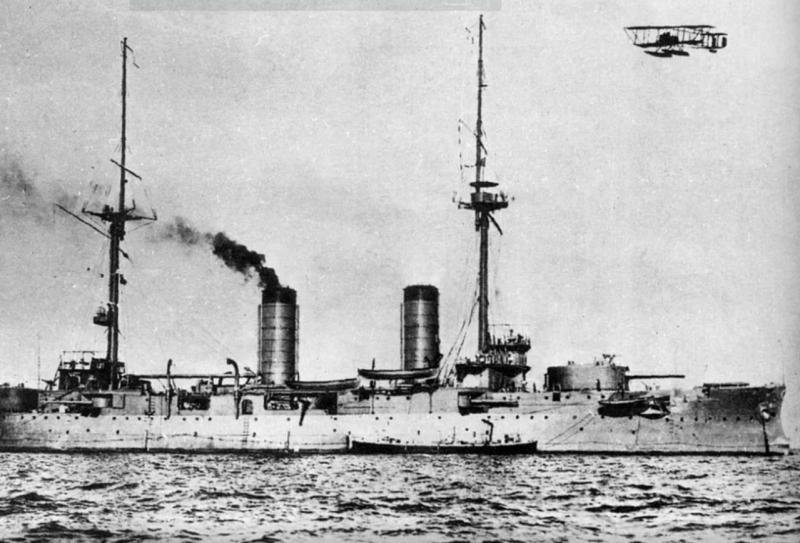Japanese intervention in the Far East after the 1917 revolution

The February Revolution, which occurred in Russia in 1917, created certain potential risks for the Entente allies, including Japan. Despite this, in these countries the revolutionary events in Russia were greeted with some degree of enthusiasm. This was due to the fact that a number of the former elites were in power in Petrograd, some of whom were committed to continuing expansion, including in the direction of the Dardanelles.
For the provisional government, legitimizing its power through external recognition and support was very important. Neither English, nor French, nor Japanese diplomacy had anything to do with the Petrograd Soviet. At the same time, members of the provisional government did not take into account the growing desire of the broad masses for peace, which could lead to the collapse of the entire Eastern Front.
Events in the autumn of 1917, such as the October Revolution in Russia and the heavy defeat of the Italian army at Caporetto, forced the Entente to urgently hold an inter-allied conference, as a result of which the Supreme Council of the Entente was formed. After the first Soviet government was formed, which adopted the Decree on Peace, and the negotiations took place in Brest, intervention by the Entente countries became almost inevitable.
The first Japanese cruiser Iwami entered Vladivostok Bay on January 12, 1918, under the formal pretext of protecting Japanese citizens who were there at that time. Subsequently to Japanese the fleet, using a similar pretext, US warships joined.

Thus, the Far Eastern region actually found itself under occupation. The Japanese contingent amounted to about 70 thousand military personnel. In addition, the allied interventionists were the troops of Kolchak, who swore allegiance to England and personally to King George, who returned to Russia through Vladivostok, already occupied by Japanese troops.
Information